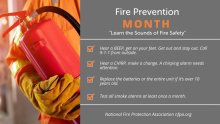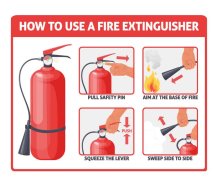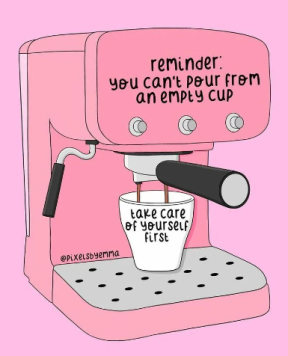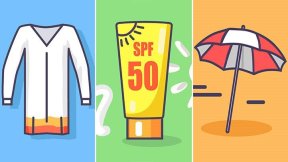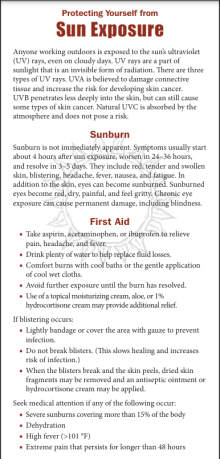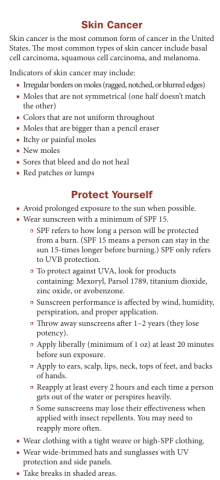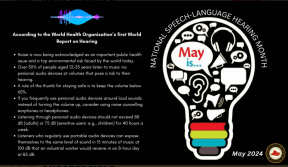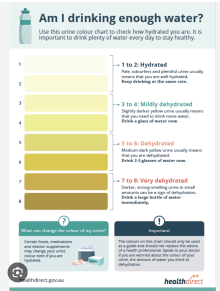The phrase "practice random kindness and senseless acts of beauty” was coined by Anne Herbert in 1982. It was a response to another phrase about random acts of violence and senseless acts of cruelty — and written with the aim of putting an end to violence. A random act of kindness is in most cases, a non-organized and spontaneous gesture of kindness towards someone who needs it.
It’s a celebration of all the ways we can become a positive influence in each other’s lives. Even one small act of kindness can mean a great deal to somebody. It is important for us to constantly be reminded to be kind to one another and to give others hope whenever we can.
- Give Compliments: Offer sincere compliments to friends, family, and even strangers to brighten their day.
- Pay It Forward: When you’re at a coffee shop or drive-thru, pay for the order of the person behind you.
- Send Thoughtful Messages: Send uplifting messages or notes to friends, reminding them of your appreciation and support.
- Help a Neighbor: Assist a neighbor with tasks like shoveling snow, mowing their lawn, or grocery shopping.
- Donate to Charity: Contribute to a charitable organization or cause that you’re passionate about.
- Visit the Elderly: Spend time with elderly individuals in nursing homes or assisted living facilities, offering companionship and a listening ear.
- Volunteer Your Time: Volunteer at local charities, shelters, or community events to make a positive impact.






